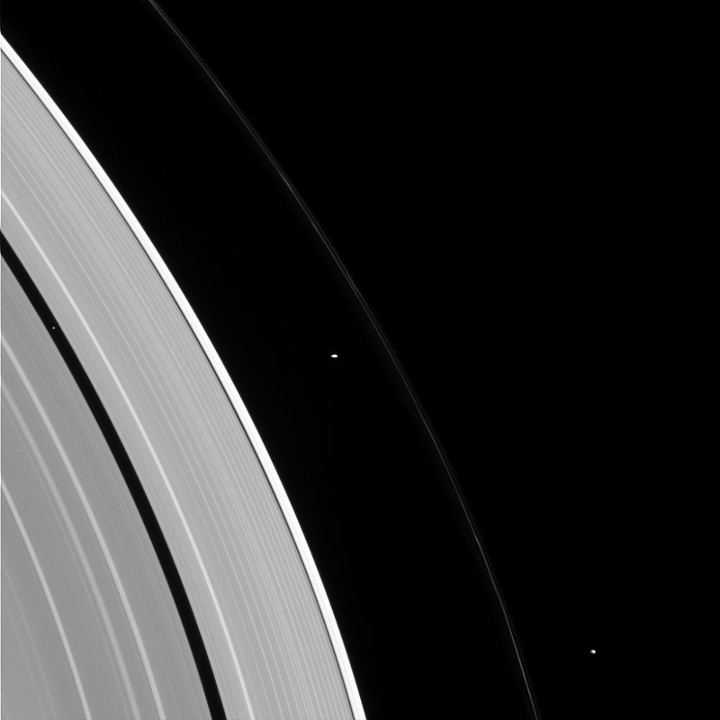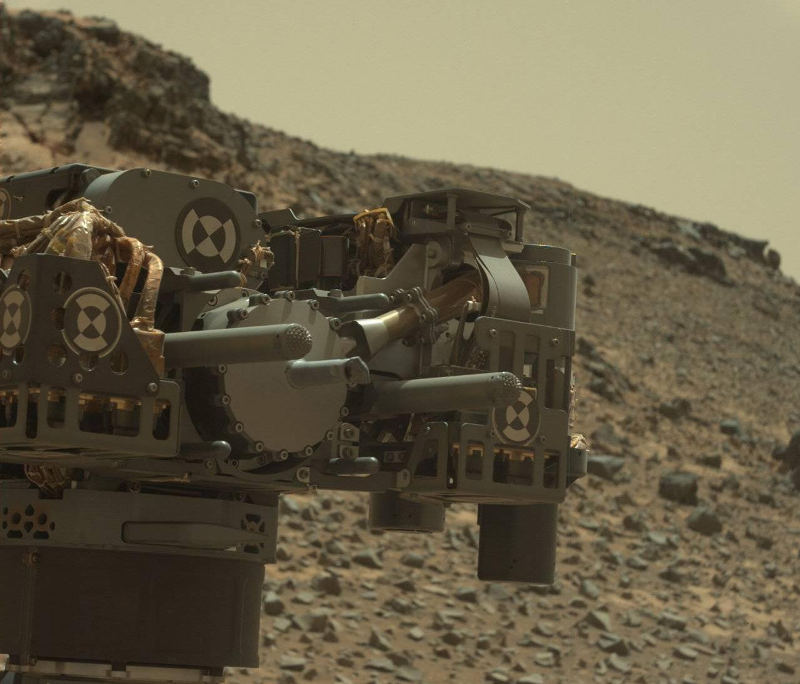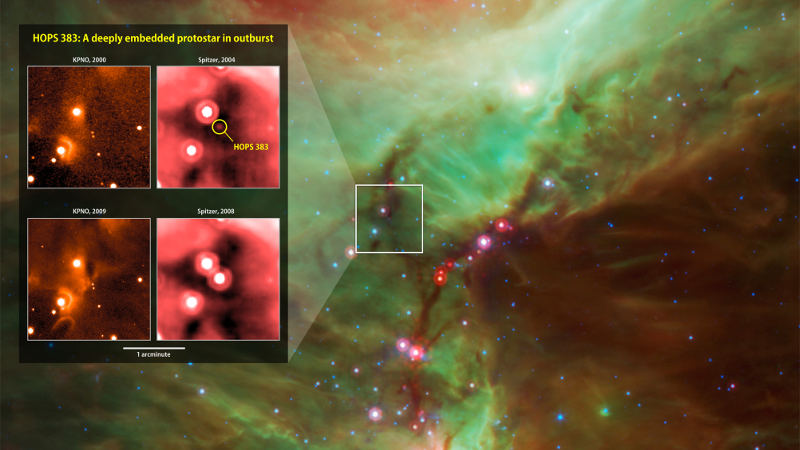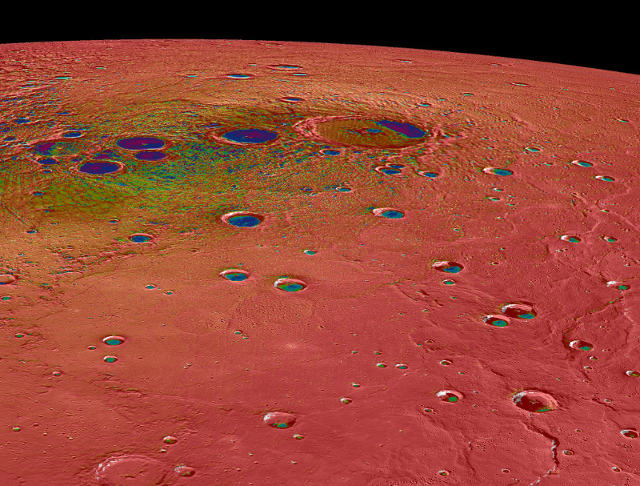
It is not often that you would see this gathering of three of Saturn’s many moons in one picture. The Cassini spacecraft was able to capture Pandora, Prometheus, and Pan (from right to left) in this picture using its narrow angle camera. It is also believed that these moons play a role in keeping Saturn’s F-ring narrow. This picture was taken from a distance of approximately 1.6 million miles (2.6 million kilometers) on January 2, 2015 using the visible light spectrum. This view looks toward the sunlit side of the rings.


